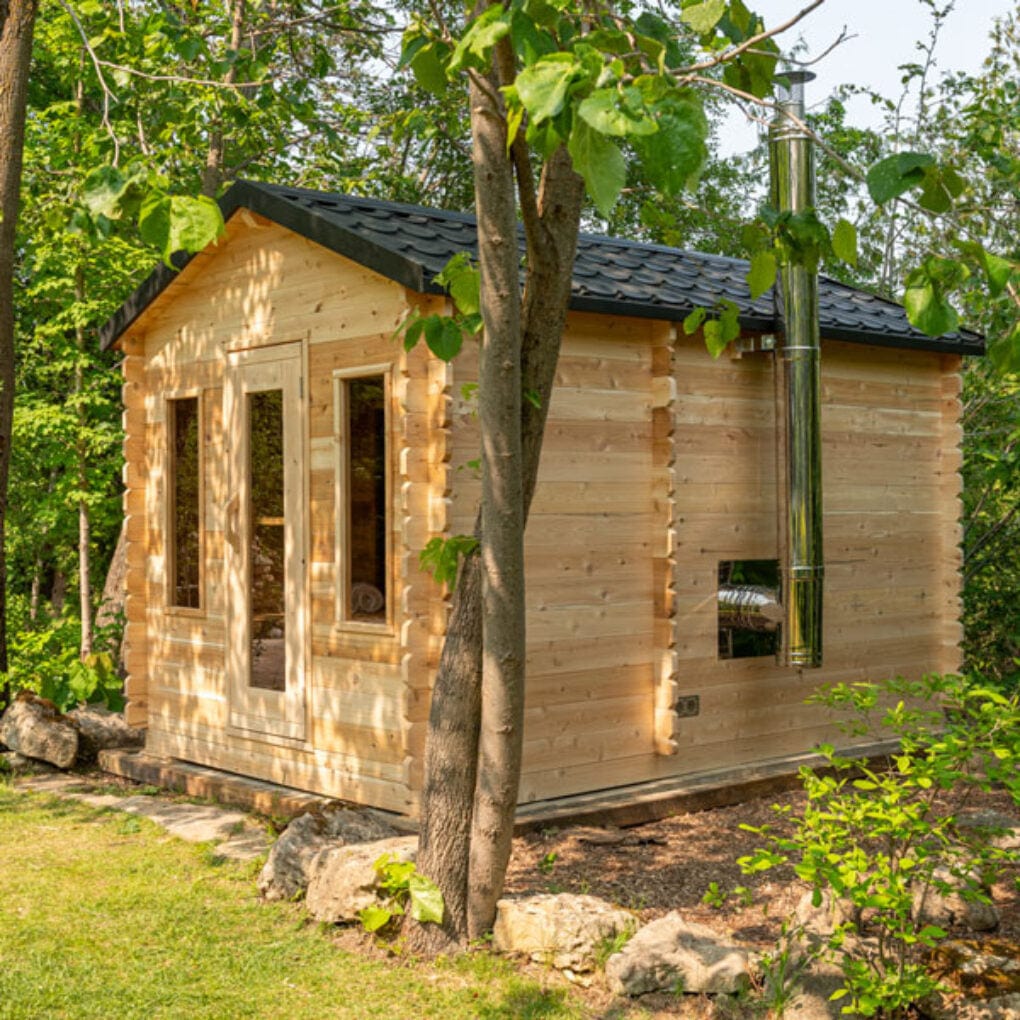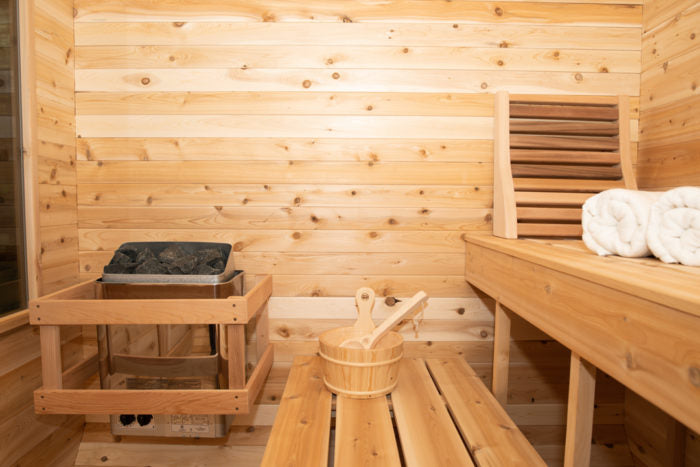Traditional Sauna Fundamentals Explained
Traditional Sauna Fundamentals Explained
Blog Article
The Main Principles Of Traditional Sauna
Table of ContentsThe Best Strategy To Use For Traditional SaunaSome Known Questions About Traditional Sauna.The smart Trick of Traditional Sauna That Nobody is Talking About10 Simple Techniques For Traditional SaunaHow Traditional Sauna can Save You Time, Stress, and Money.
Most of the weight shed in a sauna is water loss and is re-gained upon rehydrating. However, certainly sauna can be an integral part of a healthy weight loss program. To check out the distinctions between typical and IR saunas, I will certainly divide these into proven, theoretical, and fabricated distinctions.Hence, the hottest point in the saunawhich is at the ceiling directly above the sauna heateris typically between 185 and 190 F. Claims that a conventional sauna surpasses 200 F is merely not real and not suitable for electrical saunas marketed in the US. The temperature level for a far-infrared sauna is typically set between 120 and 140 F; nevertheless, unlike the conventional sauna, the goal in and IR room is not to attain a heat.

When a typical sauna has been correctly heated up, the sauna wall surfaces are warm, the air temperature has actually accomplished set temperature level and the rocks are extremely heated. As an interesting side note, the warmed walls and the rocks are sending out far-infrared warmth, combined with the heated air, to develop an "wrapping up heat".
Indicators on Traditional Sauna You Need To Know
When the high temperature is achieved, the components cycle on and off to preserve the high temperature. A lot of traditional sauna users delight in putting water over the rocks to create vapor to elevate sauna moisture levels. The advantages of pouring water over the rocks include: making the space extra comfortable, dampening the nasal flows, and permitting the use of aromatherapy by blending essential oils with the water.

When the energy enters the body, it triggers the body temperature level to enhance and inevitably causes sweating. In an infrared sauna it is necessary for the emitters/heaters to remain on see this page practically constantly. Considering that there is no mass of rocks to retain warm, the sauna will certainly cool down if the emitters shut down.
All about Traditional Sauna
As pointed out over, the sauna bather in an infrared room wants to position himself in front of operating emitters to get maximum gain from the heat. The heating time for both spaces can be very different, relying on how the spaces are made use of. For a traditional sauna, a bather needs to enable 30-40 mins for the area to accomplish a wanted temperature level and to properly pre-heat the rocks.

A well constructed sauna will usually attain a temperature of 150-160 F in about 30-40 mins (Traditional Sauna). For hotter temperature levels, the room may need to warmth for a longer duration. When the space achieves established temperature, the heating system will certainly cycle on and off, normally operating about 50% of the moment. The insulated walls and the warmed rocks will maintain the space hot and at secure temperatures.
To some, 15 minutes was "squandered" while the infrared energy warmed the timber panels as opposed to warming my review here a body, while others find a pre-heated area to be more comfy and believe a raised starting temperature is essential to begin sweating. The size of recommended use for each space is around the same (10-15 mins per session); however, due to the lower air temperatures and the capability to feel the impacts of infrared warmth much faster than a traditional sauna, it is not unusual for a person to spend a total of 20-30 mins in an infrared sauna.
Not known Incorrect Statements About Traditional Sauna

The average price per kWH of power in the united state is approximately $0.11, so a 4.5 kW heating unit will certainly cost about $.50 to compete one hour, if the heating unit runs continually for one hour. Typically a sauna heater will certainly compete 75% of the initial hour and 50% of subsequent hours on since the components cycle once the set temperature is achieved.
A 2 individual far-infrared area is typically literally smaller than a typical sauna, often concerning 4' x 4' or smaller. The IR home heating system is generally 1.5-1.7 kW utilizing a 120 volt 15 amp plug-in solution. Considering that the area can be utilized faster than a sauna space, we will certainly think the area is made use of for to of an hour consisting of heat up time.
There is a rarely gone over distinction in the social experience in between the two rooms. While our society has lost a few of the social benefit of the traditional sauna experience, it can be extremely socially fulfilling (Traditional Sauna). From family members time in the sauna, to heart-felt discussions with better Web Site halves, to sauna partiesthe standard sauna experience can lead to intimate socializing
10 Easy Facts About Traditional Sauna Described
Many higher end infrared spaces include colored light treatment, noise systems and full-glass fronts. The dimension of a lot of spaces permit 2 people to conveniently use the space, while some designs may enable a 3rd or fourth individual to utilize the room. Custom infrared spaces are likewise available, with area dimensions available up to 7' x 8' x 7' high.
Report this page